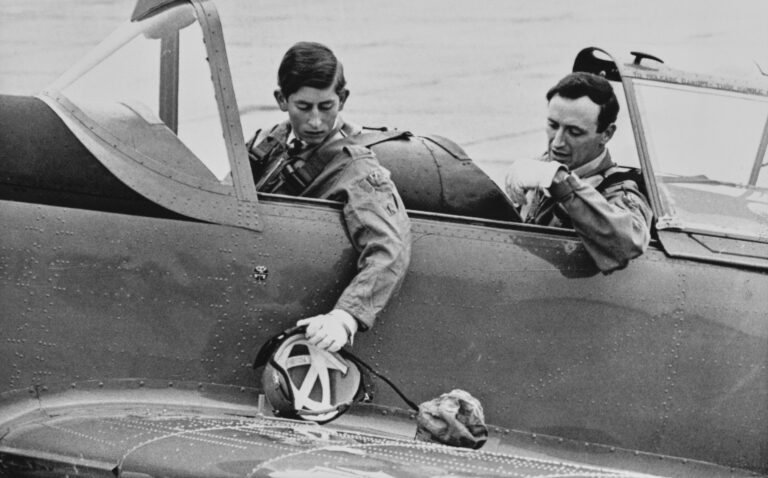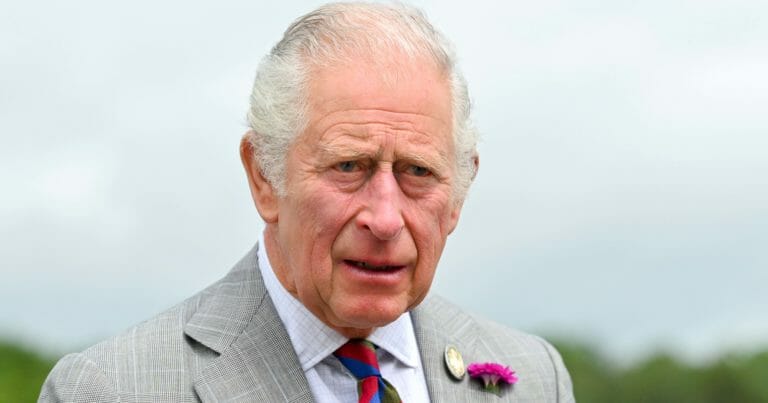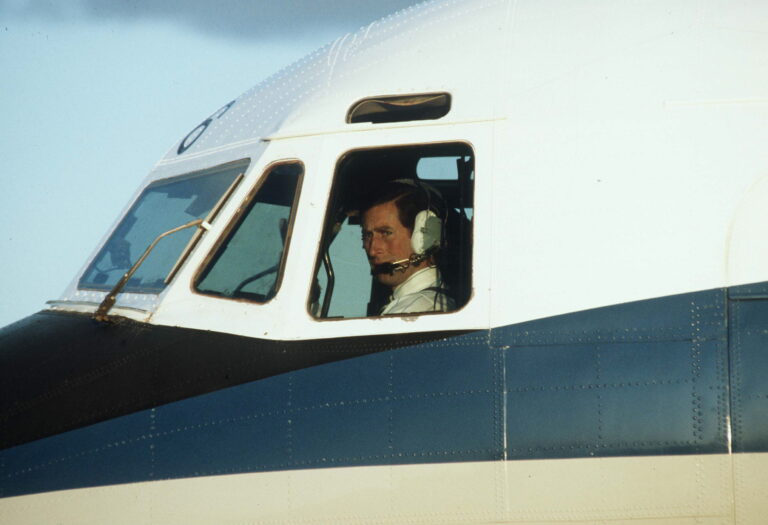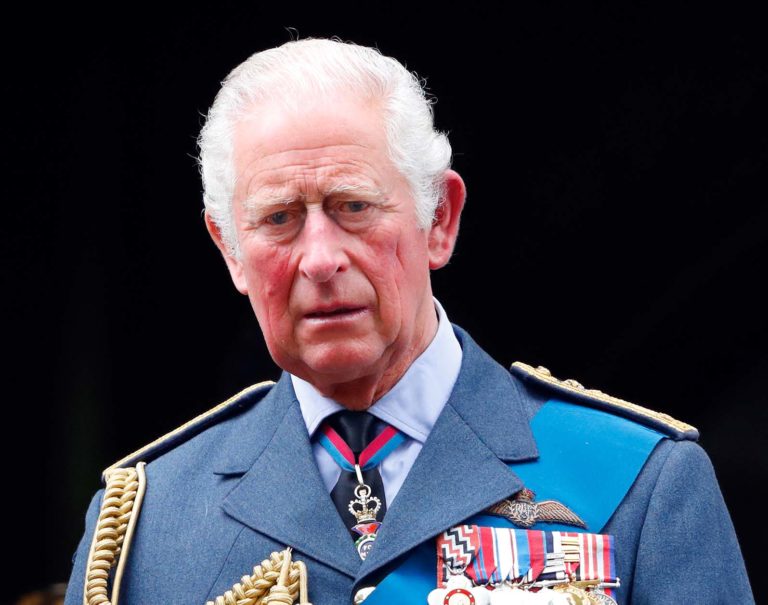As per tradition, the monarch, as well as senior members of the British royal family, are associated or serve in the armed forces, and King Charles, of course, is not an exception. The head of the British monarchy has served in the Royal Air Force and Royal Navy and is the military’s Commander-in-Chief.
Just like his father, King Charles fell in love with flying and became a pilot after taking his first flying lessons while studying at Cambridge University. Reports are that years later, he flew the plane all by himself when he needed to be places as part of his royal duties.
“It was a very relaxed relationship where he’d call up asking to be taken out in the aircraft on weekends, and when training was deployed to Aberystwyth one summer, he’d join us in the mess, fly as much as he could, and we even went hiking and fishing together in our down time. It was a wonderful experience,” then-squadron leader Philip Pinney who taught Charles how to fly a plane recalled.
When Charles enrolled RAF College at Cranwell, Squadron Leader, and later AIR Chief Marshal, Sir Richard Johns was the prince’s instructor.
“I had to put my complete faith in the pilots I was training. Prince Charles had a natural ability and picked things up very quickly. He was an easy student to teach, and I was very impressed by not just his focus and concentration but his impeccable determination to succeed. He was not going to fail, it was as simple as that,” Sir Johns said.

However, back in 1994, he got involved in an incident which turned him away from flying.
In fact, Charles has been involved in scary incidents a couple of times throughout his life.
It was in October of 1982 that Henry VIII’s ship, The Mary Rose, which sank during a battle with the French fleet between the Isle of Wight and Great Britain, was excavated from the ocean’s bottom after centuries. Being a huge lover of history and ships, Charles made sure he watched the process live.
“I remember my days of diving on the ship out in the Solent in the most impossible conditions, it was like swimming in a kind of lentil soup, you couldn’t see anything, or so I thought, until it was under your nose,” Charles recalled when meeting volunteers and fundraisers at the Portsmouth Historic Dockyard, Hampshire in 2014.
“What I could never get over was the sheer expertise of the archaeologists operating under water.”

Despite the bad conditions and the technical difficulties, then-Prince Charles encouraged the workers to continue with their work.
“I will never forget the almighty crash as the chains came down, and I thought it was all my fault. I think it was worth taking the risk as we have this truly remarkable example of a Tudor warship which is unique,” Charles said.
Charles examined the vessel up close as it was lifted from the seabed. He was supposed to board the remains of the vessel. However, security was critical and the idea was ruled out as too dangerous. At that moment, the giant crane called Tog Mor, which is Gaelic for “big lift,” collapsed and the frame broke away and almost smashed the ship’s hull, close to where the King would have been standing.
“You know, the future king of England could have died live on TV, which I think would have changed the whole aspect of the recovery, to be honest. Everything went silent. There wasn’t a whisper. No one spoke for what felt like minutes, was probably ten seconds, but just no one moved,” Royal Engineer Jack Frost who was involved in the operation said in the documentary Raising the Mary Rose: The Lost Tapes.

Twelve years after this incident, King Charles was involved in yet another near-death experience.
Back in 1994, then-prince Charles was approaching Islay for a five-day official visit to Scotland and was given the chance to land a Queen’s Flight passenger jet. However, as he was about to approach the runway, the plane hit the ground at too high a speed and there was barely runway left when the pilot decided to brake drastically to stop the plane from sliding onto the rough landscape next to the runway.
As a result of the impact, three of the aircraft’s tires broke and the jet stopped only 60ft from a 14ft drop into a stream.
“It wasn’t quite a crash. We went off the end of the runway, unfortunately. It is not something I recommend,” Charles explained.
“The nose wheel had landed because it was right beneath us, so we were bumping along the runway,” former RAF Squadron Leader Graham Laurie who was the pilot of the flight said, as per People. “But what we didn’t realize was the main wheels were still slightly clear of the ground, so consequently, when I took over, I still couldn’t stop it going off the end.”
“With hindsight, of course, I should have got him to overshoot and make another approach. But I actually told him to land, so he did exactly what he was told to do.”

Laurie was the one who was disciplined, and no blame was put on Charles. This incident had “career implications” on Laurie, who was not formally disciplined.
Thankfully, no one was injured during the incident.
The damage to the plane was in excess of £1 million. And around a year after it happened, Charles gave up his flying license. It was never noted that the incident was the reason the now-King gave up flying.
Please SHARE this article with your family and friends on Facebook.
Bored Daddy
Love and Peace
